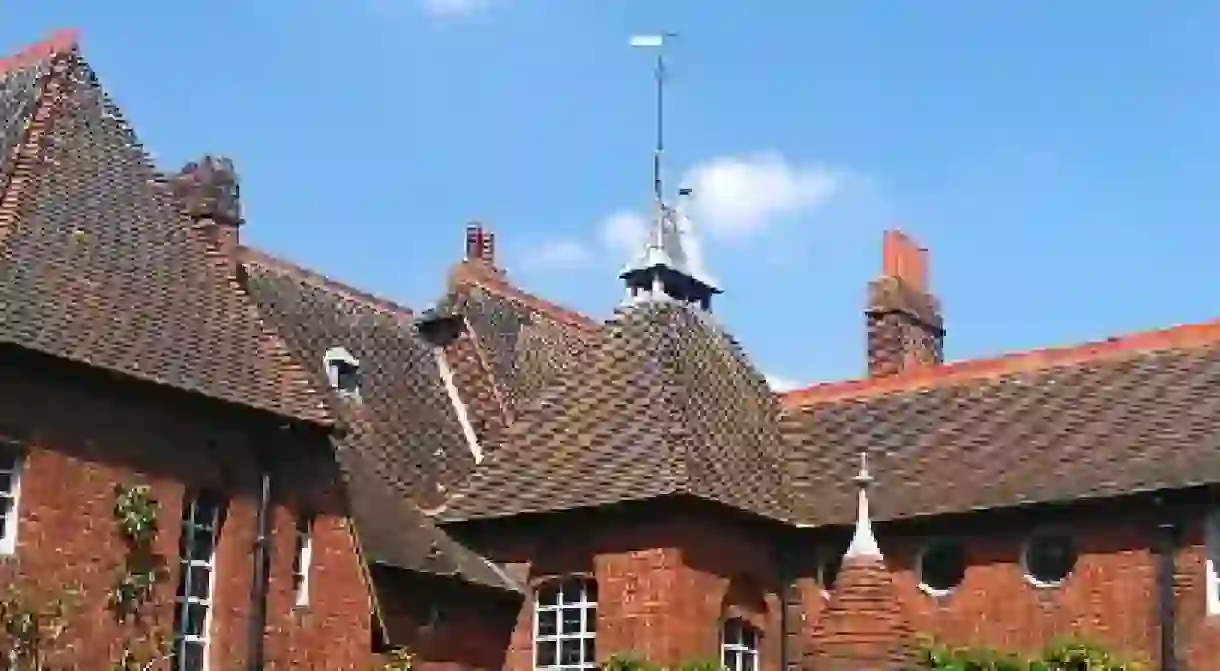London's Must-Visit House Museums

Historic house museums are a rare and precious entity in many cities, whose cultural and architectural landscapes are constantly being updated, often eradicating the past. London, however, is lucky enough to have some amazing house museums, significant for the history of the spaces as well as what’s within them. This list uncovers the top five ‘memory museums’ open to the public in London. They all offer their visitors fascinating insights into this historic city, as well as the famous lives which helped shape it.
Sir John Soane's Museum
Museum
Even before he died in 1833, distinguished Neoclassical architect Sir John Soane RA (1753-1837) had established his house – which he himself designed – as a museum, by an Act of Parliament which required the house’s preservation ‘as nearly as circumstances will admit in the state’ in which it was found at the time of its designer and inhabitant’s death. Soane’s high-commitment demand can be explained by the valuable presence in his home of his carefully orchestrated collections, a true treasure-trove of arts and antiquities. Both then and today, students of art and architecture can gain much from Sir John Soane’s Museum’s combined assets: the house’s fascinating design, Soane’s collected possessions, and the new temporary exhibitions which complement the existing collection. © Courtesy Sir John Soane’s Museum
Leighton House Museum
Building, Museum, Park

One of the interesting aspects of so-called ‘memory museums’ in general, and the former home of Victorian painter Frederic, Lord Leighton in particular, is the high level of upkeep and innovation that goes into preserving a historic home. Leighton House Museum today provides a remarkable insight into the studio-home of the leading artist, which was created as his ‘private palace of art.’ The centrepiece, the majestic Arab Hall, stands as a characteristic example of Victorian Orientalism, the age’s obsession with the exoticised East. Yet, the preserved beauty of the place must be owed to those who have worked hard since Leighton’s death and the subsequent auctioning of his entire collection: first the Association that began building a new collection of Leigton’s own works (now displayed in the Museum), and now the award-winning two-year refurbishment project completed in 2012, that restored the palatial residence to its former splendour.
Red House
Building

Red House (completed 1859 by William Morris and Philip Webb), so called for its vivid red brick colouring, stands as an archetypal specimen of the Arts and Crafts social and cultural movement in decorative and fine arts. It was famously described by Pre-Raphaelite artist and designer Sir Edward Burne-Jones as ‘the beautifullest place on earth.’ Now, too, it’s not hard to see why: the building, garden, and interiors which served as William Morris’s family home are brimming with the fine craftsmanship and charmingly quirky details that have given the Arts and Crafts movement in decorative and fine arts its popular legacy. From the building’s quasi-Gothic architecture to the now-iconic wallpapers and murals adorning the House’s walls, Red House is a true masterpiece of traditional, non-mechanical craftsmanship.
Dr. Johnson's House
Library, Museum
In a slightly different vein from the aesthetically intriguing historic homes of London’s architects, designers, and painters, Dr. Johnson’s House instead provides a fascinating view into the private residence of the man who single-handedly provided England with its first comprehensive modern English dictionary. Hidden away, yet easily stumbled upon right in the centre of the City of London, this outwardly unassuming townhouse, built in 1700 and lived in by Johnson between 1748-1759, has been open to the public since 1914 for those who want to learn more about the life and work of a fascinating individual. The library, of course, is a highlight, containing rare first editions of Dr. Johnson’s dictionary.
Willow Road
© Steve Cadman / Wikicommons You might also like The Best Artists’ Homes and Studios to Visit in London













